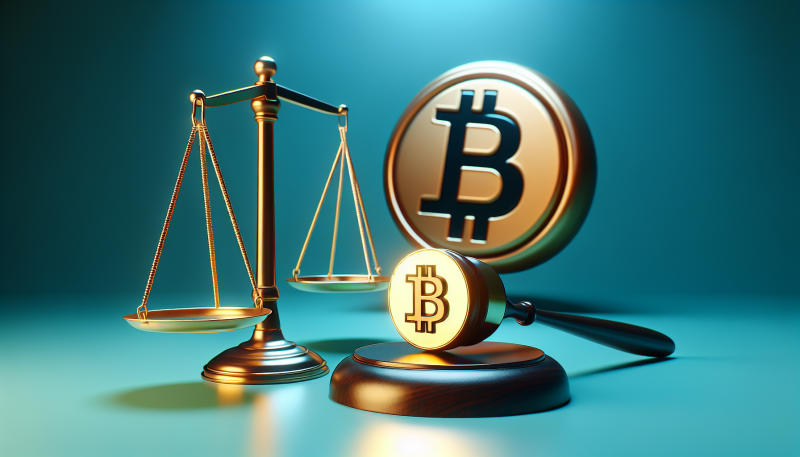Dive into the shimmering world of diamonds, and one is plunged into a vast pool of geopolitics, technology, and economies. The recent shift in the diamond industry is no exception, with the G7 countries marking their territory and setting a firm stance against Russia. Why? Because when it comes to the G7’s economic play, every gem has a story, and Russia’s stones have become increasingly controversial.
Diamonds in the Rough: Russia’s Market Grip
Russia stands tall as the globe’s dominant producer of rough diamonds, accounting for a staggering $4bn in exports during 2021 alone. Zoom out, and the global natural diamond jewelry market is forecasted to hit a valuation of $74bn by 2023.
But it’s not just about the sparkle and shine. The diamond pathway runs deep, from the rugged terrains of the mines to the gleaming showcases of the world’s luxury capitals.
In this intricate dance, the G7 nations have eyed Russia’s market dominance with skepticism. With a majority of these gems passing through dealers in Antwerp and receiving their final touch in India, any disruptions or shifts can send ripples across multiple economies. And that’s precisely what’s happening.
G7’s Stance: Beyond Just Economics
While diamonds symbolize eternity, the G7 nations are challenging Russia’s eternal dominance in the market. Belgian insiders have hinted that an imminent announcement by the G7 will essentially “fence off the G7 market” from Russian diamonds.
This move comes after the G7 leaders collectively agreed, during their Hiroshima summit, to put a lid on the trade and use of Russian diamonds.
Now, you might ask, “Why now?” The objective is clear: to target a significant chunk of the Russian economy that’s remained untouched by the international sanctions net.
So, while it may seem like it’s all about luxury and opulence on the surface, the undercurrents are much more political and strategic. Belgium, an epicenter of diamond trade, presents a crucial voice in this discussion.
While the US took a decisive stance in 2022 by banning the import of Russian diamonds, Belgium has played a more cautious game. Their primary worry? A potential shift of the diamond hub crown from Antwerp to Dubai.
But it’s not as simple as just placing a ban. Belgian authorities believe that without a robust tracing system, a mere ban would only reroute the diamond trade from Antwerp, giving no real solution.
They’re advocating for a blend of physical monitoring and traceability data, with blockchain technology at its heart. A digital ledger could document the entire journey of a diamond, ensuring transparency and authenticity.
Yet, these shifts won’t come without challenges and dissent. The diamond realm is marked by rivalry and competition. While Belgium’s proposition seems to tilt the scales in their favor, global players like the World Diamond Council and De Beers have their vision.
Moreover, this maneuver could impact other nations heavily reliant on diamond trade, such as India and certain southern African countries. The G7 nations’ move to redefine diamond trade norms is a bold critique of Russia’s role in the industry.
It’s an unmistakable signal that they’re ready to challenge the status quo, even if it means redrawing the global diamond map. And while the stones themselves are billions of years old, the politics surrounding them is as current as it gets.





